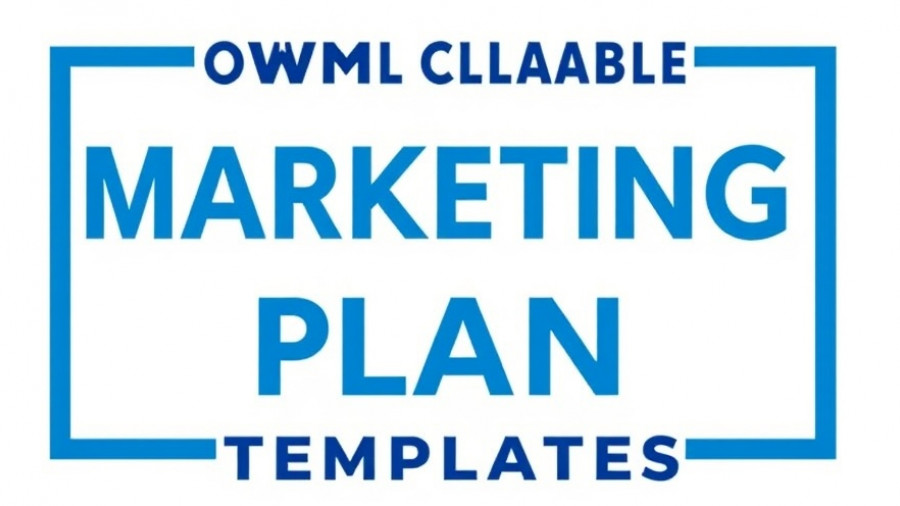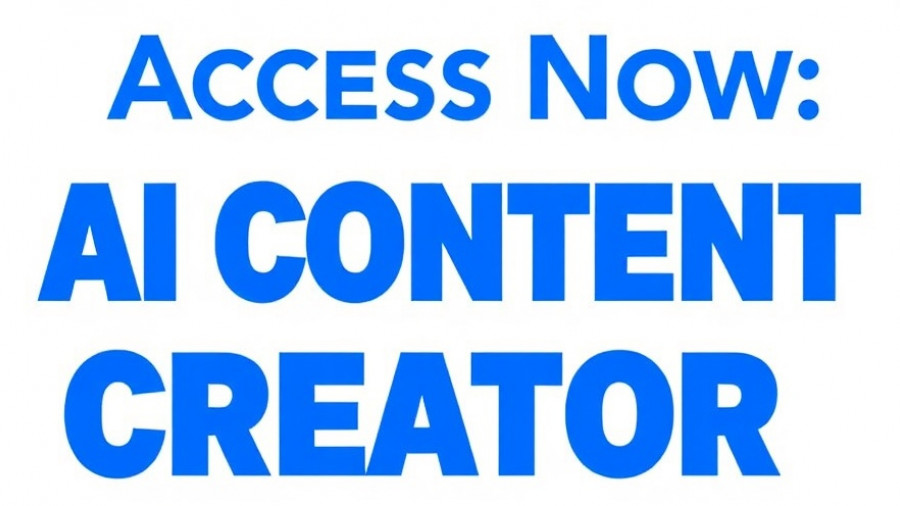
Understanding Spam Trigger Words in Email Marketing
Email marketing remains a cornerstone strategy for digital marketers aiming to engage customers and generate leads, but knowing how to craft compelling content without triggering spam filters is crucial. Spam trigger words are terms and phrases, such as “Free” or “Act Now,” that historically raised red flags for email filters looking to catch junk mail. While modern filters have evolved to consider additional factors, including sender reputation and engagement metrics, spam trigger words can still influence your email’s success, especially if you’re struggling with other elements of your email campaign.
Why Spam Filters Matter
For digital marketers, understanding how spam filters work can significantly influence their ability to reach their audience. Spam filters analyze not just the content of emails but also authentication measures like DKIM and SPF, sender history, and recipient engagement. Therefore, a poor sender reputation can lead even well-composed emails to be sent straight to the spam folder. This is where mastering language and choosing your words carefully becomes essential. Redundant or excessive use of certain words can tip the scales against your emails, leading to missed connections and lost opportunities.
Common Spam Trigger Words to Avoid
Recognizing and avoiding spam trigger words is paramount. Here are a few key categories of words to be cautious around:
- Phrases Emphasizing Urgency: Terms like “limited time offer” or “last chance” can create a sense of urgency, but they might also raise suspicions among spam filters.
- Free Offers: The word “free” has been a perennial culprit when it comes to flagging emails as spam. Consider rephrasing these offers with more descriptive language.
- Financial Terms: Often used in marketing emails, words such as “money,” “investment,” and “earn $” can trigger filters, especially when not coupled with solid sender credibility.
- Overly Promotional Words: Terms like “best price,” “crazy deals,” and “unbeatable” can make your email sound like a sales pitch rather than valuable content.
Strategies to Prevent Your Emails from Being Marked as Spam
To create an effective email marketing strategy, consider these actionable insights:
- Utilize Personalization: Personalized emails typically see higher engagement rates. Use the recipient's name and tailor content to their interests.
- Focus on Engagement: Foster engagement metrics by crafting compelling subject lines and content that encourages readers to open and interact with your emails.
- Test Your Emails: Before sending emails out to your entire list, conduct A/B testing to see which formats, subject lines, and content resonate best with your audience.
- Leverage Marketing Automation Tools: Employ marketing automation tools that help segment your audience and tailor messages effectively, enhancing your chances of landing in inboxes instead of being relegated to spam.
Future Insights: The Evolving Landscape of Email Marketing
The future of email marketing will likely see spam filters becoming even more sophisticated, incorporating AI and machine learning to better understand not only the content of emails but also user behaviors. The integration of predictive analytics with marketing automation will allow marketers to craft more tailored experiences for customers, ultimately driving better results. As businesses prioritize lead generation and customer retention, adapting to these developments will be essential.
Final Thoughts: A Commitment to Quality
In the fast-evolving world of digital marketing, maintaining quality, authenticity, and engagement in your email campaigns is more imperative than ever. By avoiding spam trigger words and focusing on genuine connection and value, marketers can foster stronger relationships with their audiences. Remember, effective email marketing is about balance — crafting compelling, attention-grabbing content while ensuring it remains trustworthy and relatable. As you refine your email strategies, consider how you can leverage tools and automation in line with these best practices.
 Add Row
Add Row  Add
Add 




Write A Comment